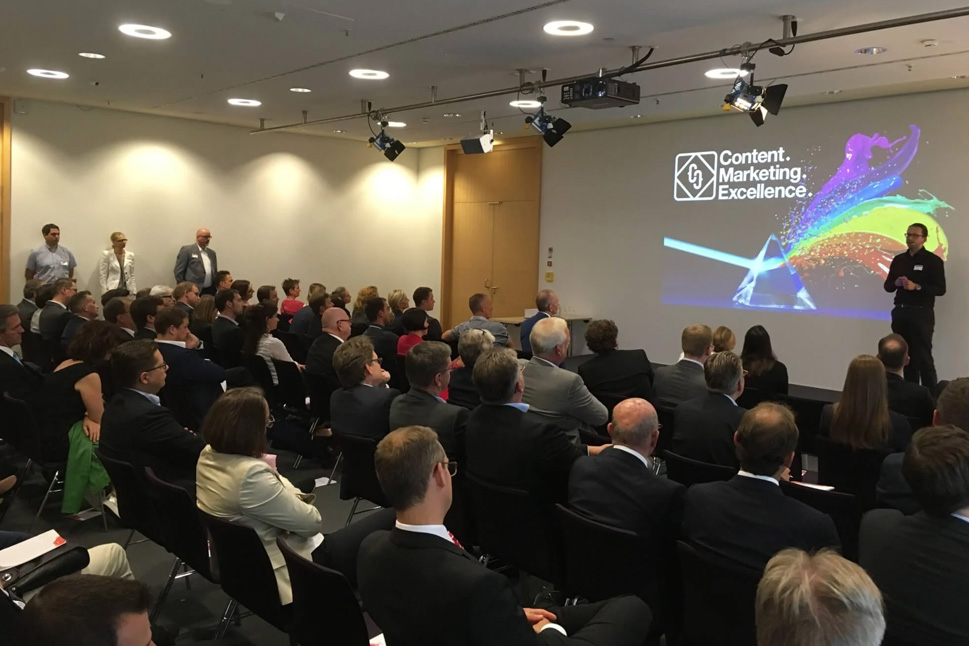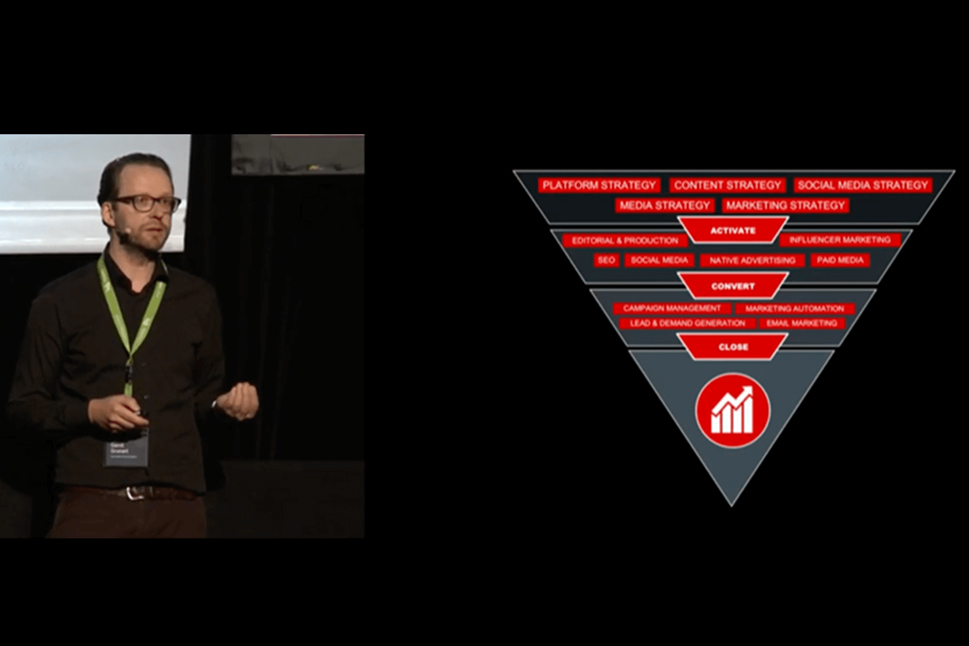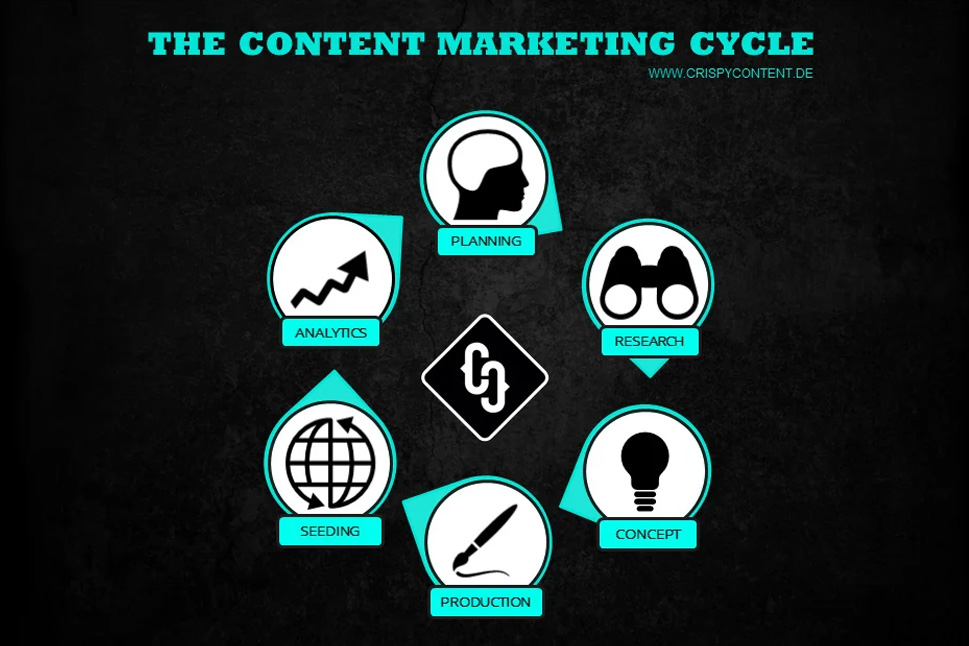Why Reach Alone No Longer Convinces
Last updated on November 10, 2025 at 07:00 AM.Digital sales channels have evolved rapidly: automated emails, LinkedIn campaigns, and AI-powered outreach are now considered standard. However, platforms like Gmail and LinkedIn are imposing increasingly strict limitations. Spam complaints, shadow banning, and technical restrictions are making traditional mass outreach models obsolete. Companies that continue to rely on high-volume, automated approaches quickly hit both mathematical and regulatory boundaries.
.png?width=1344&height=896&name=crispycontent_A_futuristic_monochromatic_blue_scene_with_large__0da896c5-409c-433e-aef2-7bcb93b76358%20(1).png)
The New Reality of Digital B2B Communication
The question of what effective B2B communication should look like is becoming increasingly relevant. Many organizations still depend on tried-and-true methods, yet the data shows that achieving broad reach through automation now comes with significant risks.
Technical limitations such as Gmail’s 0.3% complaint threshold or LinkedIn’s 100-contacts-per-week cap present new challenges for businesses. A single complaint can put an entire domain at risk, and aggressive outreach tactics are being sanctioned with permanent bans. The era when volume and automation promised growth is over. Platform operators are responding with new algorithms designed to detect and block suspicious activity.
Recent examples show that old tricks like using burner domains, account rotation, or automated DMs are losing effectiveness. Platforms have strengthened their protection mechanisms, consolidating sender reputation and spam behavior data across multiple channels.
B2B Communication Is Undergoing a Paradigm Shift
For globally operating companies, this shift marks a true paradigm change. The key challenge is to continue engaging decision-makers and stakeholders without endangering your own communication channels. Organizations that stick with traditional outreach strategies not only risk damaging their domain reputation, but also suffering an irreparable loss of credibility.
This development forces companies to reassess their communication and content strategies. The focus is shifting: rather than targeting as many contacts as possible, the goal is to create value and provide relevant touchpoints.
Relevance for Day-to-Day Business: From Quantity to Quality
In everyday operations, volume-based approaches are proving not only inefficient but increasingly dangerous. Companies are experiencing declining open rates, rising unsubscribe rates, and negative impacts on digital brand perception. At the same time, expectations for transparency, traceability, and added value in communication are increasing.
Transitioning to value-driven communication requires a realignment of processes. This includes developing content tailored to the specific needs of the target audience, as well as integrating data-driven analytics for ongoing strategy optimization.
New Barriers: Technical and Regulatory Restrictions
The current landscape presents businesses with concrete obstacles:
- Strict limits on outreach frequency and sending volume
- Permanent consequences for platform violations (e.g., account suspensions, reputation loss)
- Traditional workarounds are rendered obsolete by new platform mechanisms
- Lack of transparency from service providers regarding complaint rates and associated risks
These developments make classic sales and marketing activities more difficult and require a major rethink. The challenge now is to maintain visibility and appeal despite restrictions without compromising the integrity of your own channels.
Opportunities Through Innovative Content Strategies
The solution lies in building a content engine that attracts rather than interrupts. Instead of sending mass messages, the focus shifts to relevant content actively sought out by the target audience. The principle: attention is earned, not forced.
- Create high-quality, industry-specific content that addresses current challenges
- Use data-driven analytics to identify relevant topics and trends
- Present methods and mechanisms transparently to reach readers outside your core field
- Continuously optimize based on user feedback and performance metrics
The Impact of Value-Based Content vs. Automated Outreach
I tested this. I challenged a provider of AI-driven sales engines publicly: the provider was asked to make a real-world connection, formulate a testable hypothesis, and deliver an actionable micro-asset. The provider failed to respond a clear indication that many automation and personalization promises do not hold up in practice.
While providers advertise high reach and personalization, they rarely relate to their target audience’s actual business. The result: standardized mail merges, low relevance, and high complaint rates. Platforms respond with bans and reputation loss, which can linger for months.
First Steps for Companies: From Volume to Value
To remain successful, companies should consider these steps:
- Analyze current outreach mechanics and channels for platform compliance and risk potential
- Develop a content strategy based on industry insights, added value, and clear positioning
- Build internal capabilities for data-driven content creation and management
- Continuously monitor performance and adapt to changing platform rules
- Communicate methods transparently to all stakeholders
Transitioning to this approach enables companies to reach relevant target groups sustainably while eliminating the risks of traditional volume-based strategies.
Industry Focus, Analytical Skills and Trend Awareness as Success Factors
Understanding communication mechanisms and identifying trends early allows for flexible strategy adaptation. The ability to explain methods transparently and clearly increases trust among all stakeholders and strengthens competitive positioning. By blending creativity, analytical skills, and industry focus, organizations develop content that not only builds visibility but also delivers tangible value.
Businesses that follow these principles position themselves as credible points of contact and avoid the pitfalls of classic outbound marketing. The result: a consistent, credible, and sustainable communication strategy that ensures ongoing visibility and growth.
 Gerrit Grunert
Gerrit Grunert
Gerrit Grunert is the founder and CEO of Crispy Content®. In 2019, he published his book "Methodical Content Marketing" published by Springer Gabler, as well as the series of online courses "Making Content." In his free time, Gerrit is a passionate guitar collector, likes reading books by Stefan Zweig, and listening to music from the day before yesterday.


.png)











.jpg)

-1.jpg)

-1.jpg)
.jpg)



.jpg)













.jpg)







.jpg)



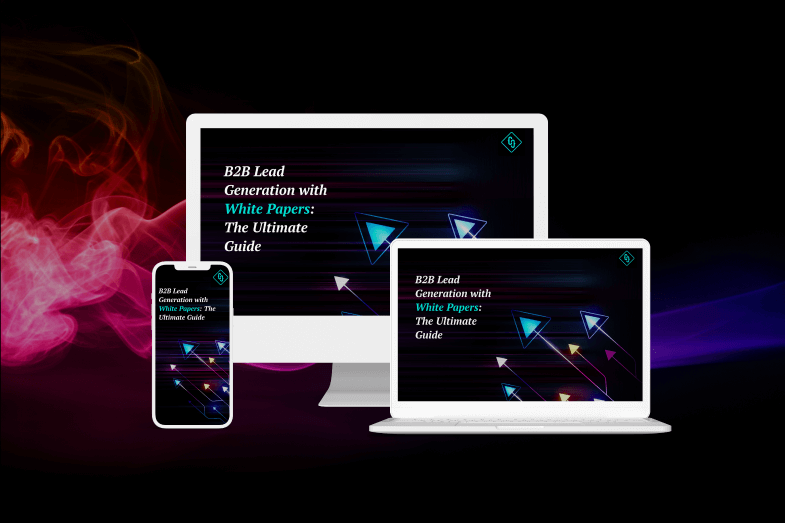










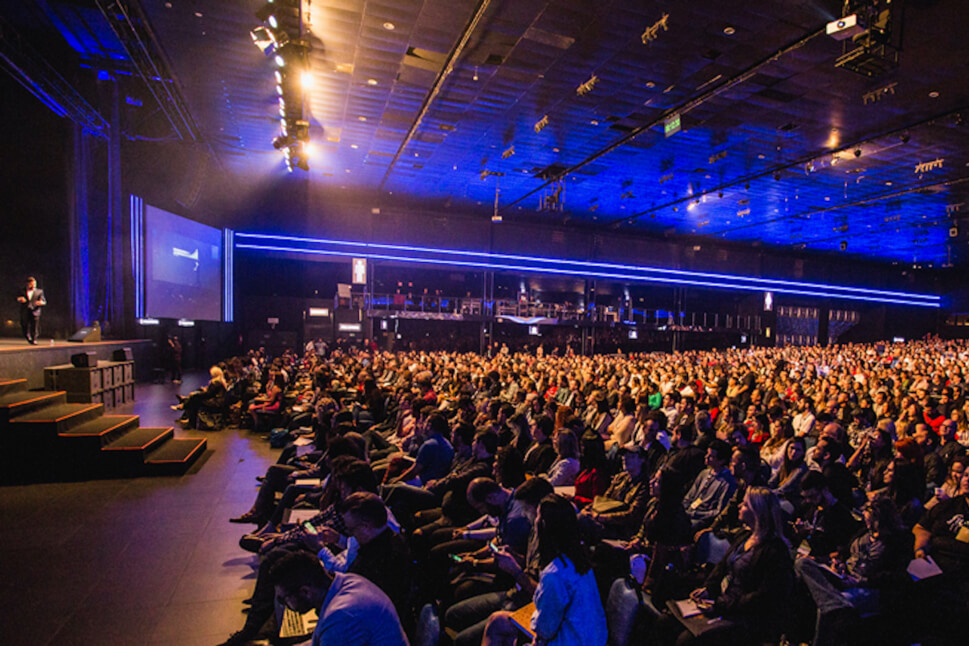














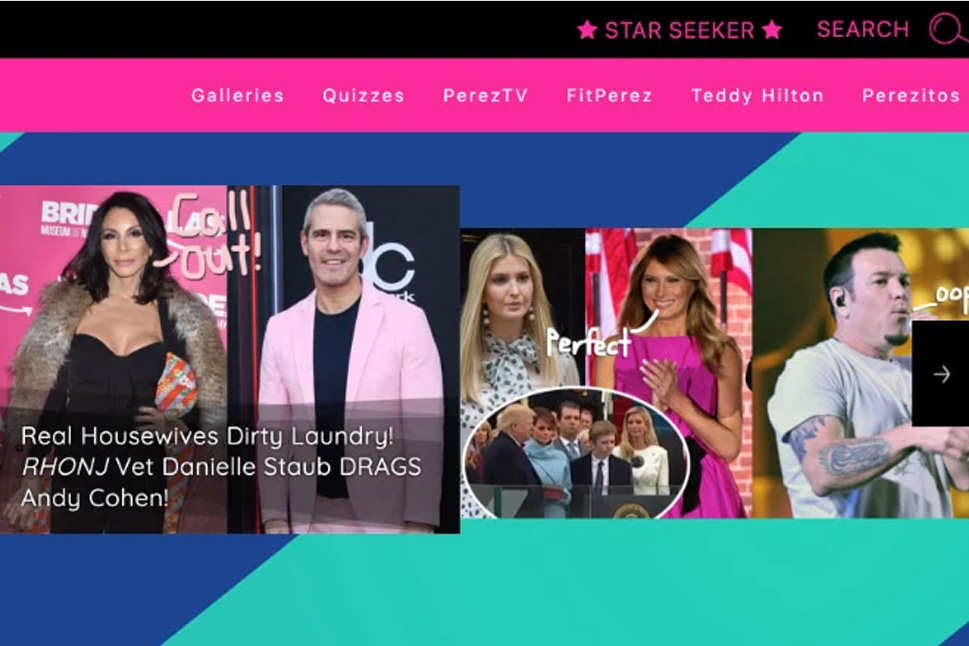



.jpg)
















